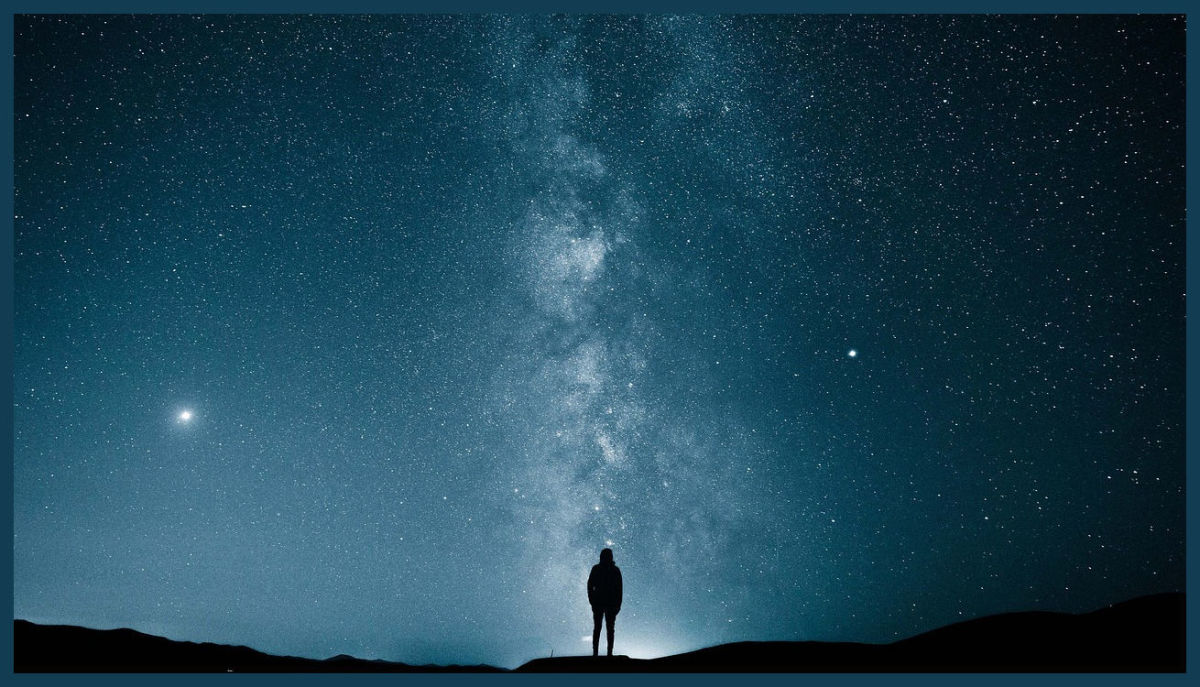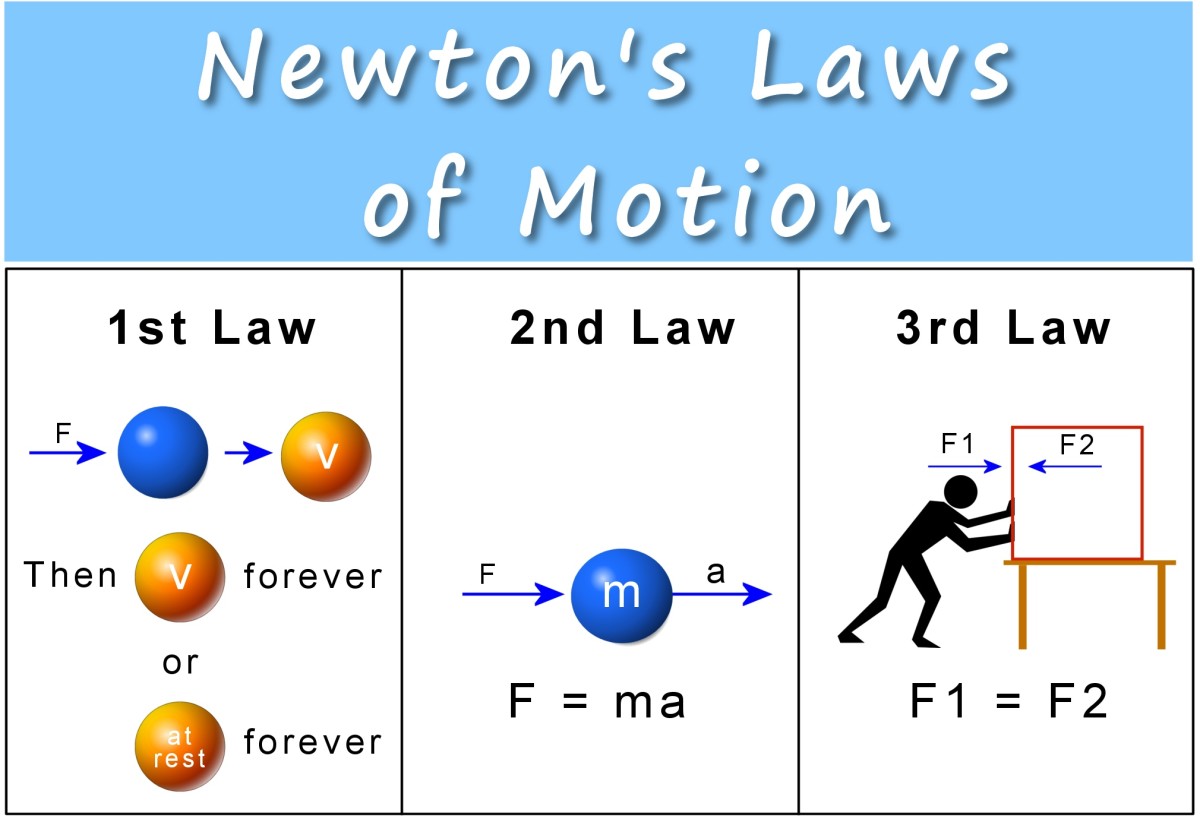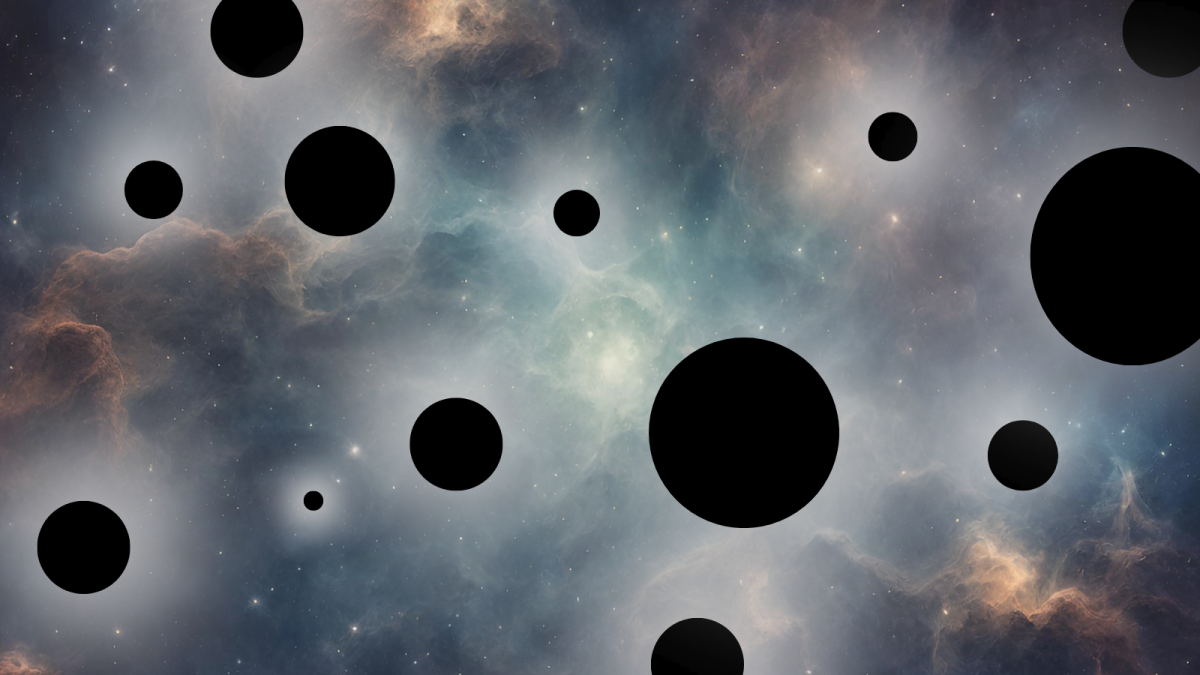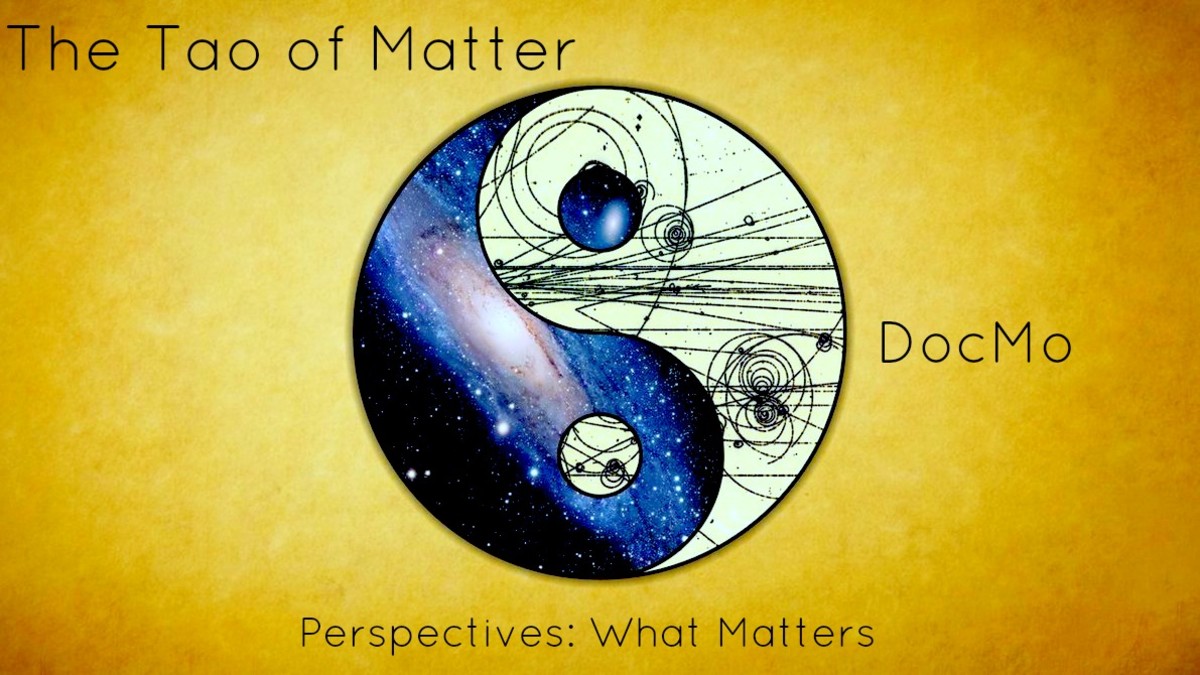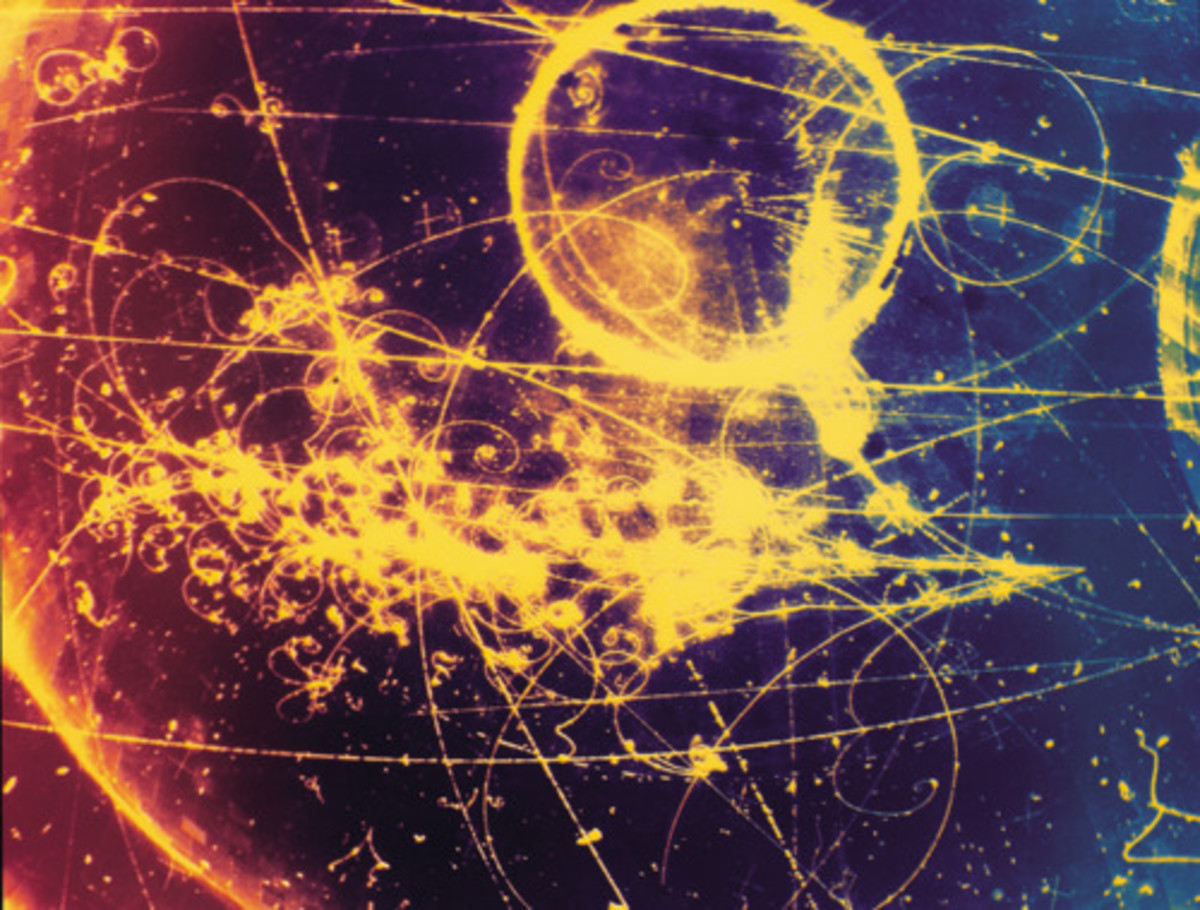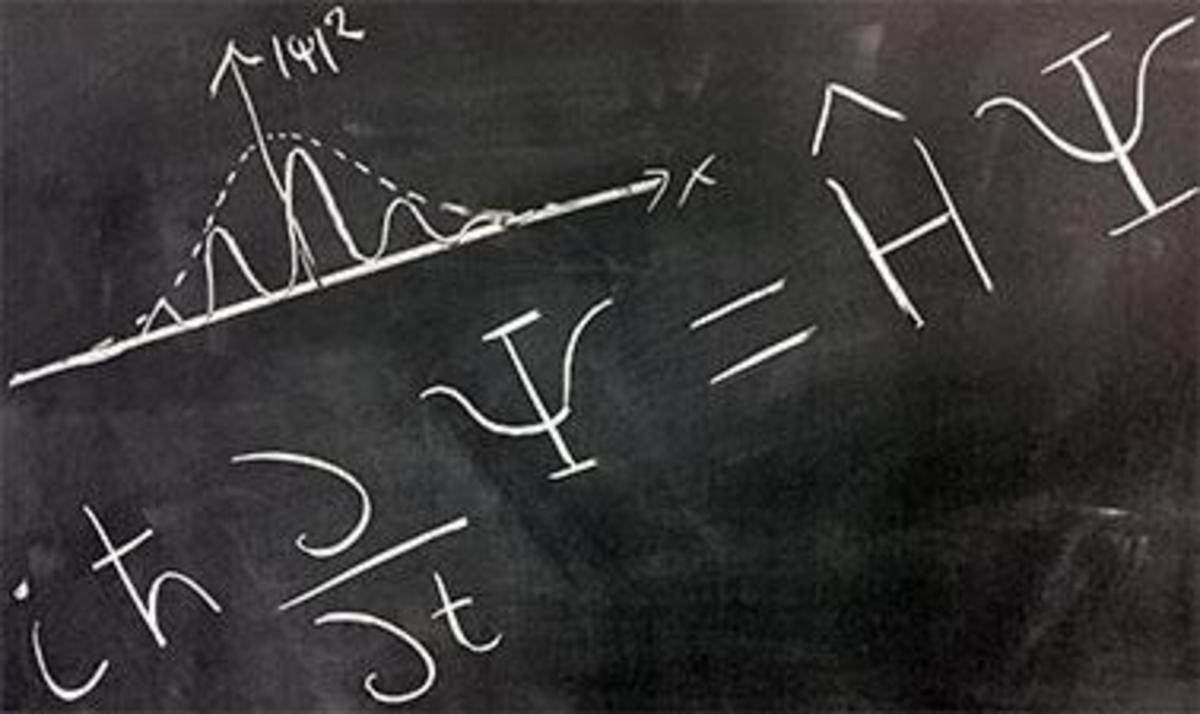What is 'Dark Matter'?
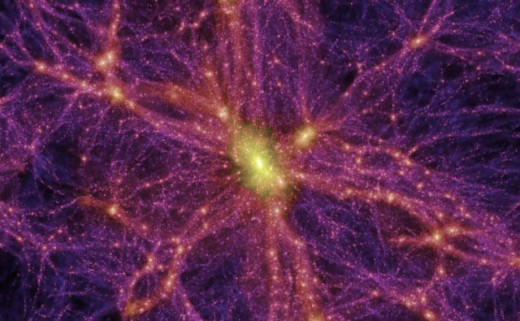
What is Dark Matter?
Unless you've been living under a rock for the past few years, you'll have heard the term 'Dark Matter' being tossed around on the news, internet and radio. It all sounds very mysterious and almost evil. Fear not, however, Dark Matter is in no way evil. Although it is very, very mysterious.
"It is the longest standing unsolved problem in modern Astrophysics" ~ Neil deGrasse Tyson
When studying the universe and everything in it, scientists explain things in terms of four fundamental forces.
Electrostatic Forces - responsible for interactions between charges (this is a force you can actually feel - for example, the reason the seat you are sitting in isn't crushing beneath you is because of the electromagnetic forces between the molecules in the seat are pulling tightly on each other - stopping your heavy butt from crashing through them)
The Weak Nuclear Force - this is much like the electrostatic forces but much weaker, only felt by tiny particles, such as Neutrinos.
The Strong Nuclear Force - an incredibly strong force that binds the subatomic particles, such as Quarks, together in the nucleus of an atom. It only acts at very small distances.
Gravity - Ah gravity. The reason you fell down the stairs that time. The reason your mint-choc-chip double-scoop ice cream came crashing to the gravelly ground when you accidentally let go of it that time. We all are familiar with gravity. Wherever mass exists, gravity will cause it to attract other mass. (This is an important point to realise when understanding Dark Matter).
All four of these forces are just descriptive representations of things we observe. We don't understand why they happen, but we know that they do. The reason that they are important in this context is that Dark Matter experiences Gravitational forces, but not Electrostatic or the Strong Force (Weak is unknown currently). The lack of interaction with Electrostatic forces is the reason we cannot see Dark Matter, as it cannot reflect, nor emit light.
Neil deGrasse Tyson talks about the mystery of Dark Matter
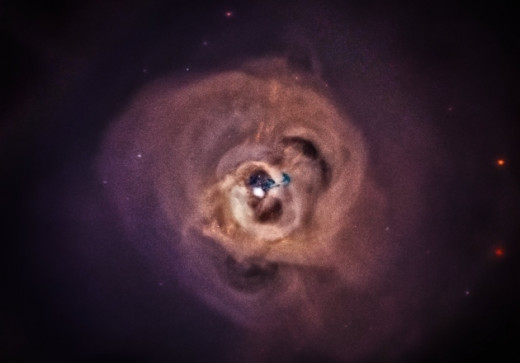
The Realisation of Dark Matter
The first realisation that Dark Matter existed dates back to the 1930s, as explained by Neil. It was known as 'Missing Matter'.
The discovery came about after the amount of mass estimated to be in the universe was calculated. As we know from before, any mass will attract other mass due to the Gravitational Force, therefore Physicists knew that for their theory about the relationship between mass and gravity to be correct, the amount of gravity present in the Universe must coexist with the right amount of mass to create this force. But, after adding all the mass in the universe together, and comparing this to the amount of gravity, it was found that there was tons more gravity than there needed to be for the amount of mass we could observe. This meant there had to be more mass somewhere. But where?
More evidence for its existence is when looking at galaxies. Some galaxies do not have enough gravitational force between the objects within them to keep them fixed in an orbital spin around each other. The only explanation for them being able to spin and not float away into space is extra matter creating a stronger gravitational force, keeping the galaxy together.
Furthermore, a phenomenon known as 'Gravitational Lensing' is a type of distortion of light that we observe when looking at a galaxy. It occurs when light from a galaxy behind an object is bent massively by its gravitational force to the point where the observer sees two of the galaxies on either side of the object bending the light, or a swirl of light around the object. You may have heard of gravitational lensing before. The same effect is achieved when incredibly heavy masses, such as black holes, bend the light travelling towards us from distant galaxies behind them.
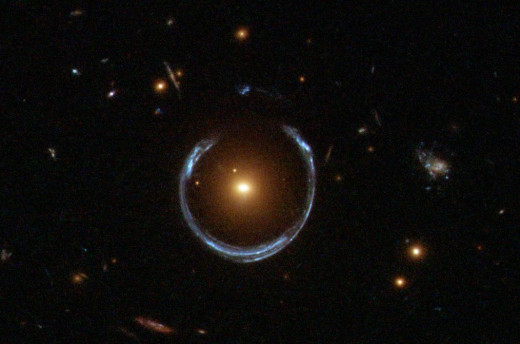
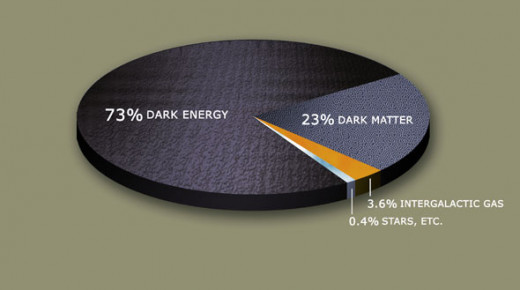
Facts about Dark Matter
Dark Matter is thought to be around four times more common than visible matter, also known as baryonic matter. Adding more to the frustration and mystery considering that we have never directly seen it (and may never).
Dark matter does not interact with baryonic matter, and is seemingly invisible when it comes to electrostatic interactions discussed before (such as light or other forms of electromagnetic radiation).
Bayonic Matter is thought to make up <5% of the mass of the universe. Dark matter makes up around 25%, and a force that seemingly repels gravity, known as Dark Energy, makes up 70%.
We don't know what Dark Matter is made up of. There are several models on what it might be like, the main one being called a Weakly Interacting Massive Particle, or WIMP. A theory known as supersymmetry provides many new particles to the model we currently have, while it is highly theoretical, some of these predicted particles could make up the dark matter we have observed the influence of.
Dark Matter has been calculated to having to have a mass greater than 40GeV (Giga-electron volts) - this is around 42 times the mass of a proton. This massive mass in comparison to baryonic matter is required to create the gravitational force that we observe Dark Matter causing.
James Gillies explains Dark Matter further on TED-Ed
Dark Matter remains a high priority mystery for physicists everywhere. Its fascinating, unknown nature draws us in (just like the gravitational pull it creates).
If you enjoyed this article, feel free to check out some other astrophysics and particle physics related ones too.
What are Neutrinos?
R136a1 - The Most Massive Star Known
Reducing the Earth to the Size of an Apple
Tags:
What is Dark Matter? What is the mass of Dark Matter? Neil deGrasse Tyson, Gravity, Weak Force, Strong Force, Electrostatic, Electromagnetic, WIMP, Supersymmetry, Astrophysics, Mystery, Particle Physics, Particle, Quarks, Radiation
© 2014 John Smith


